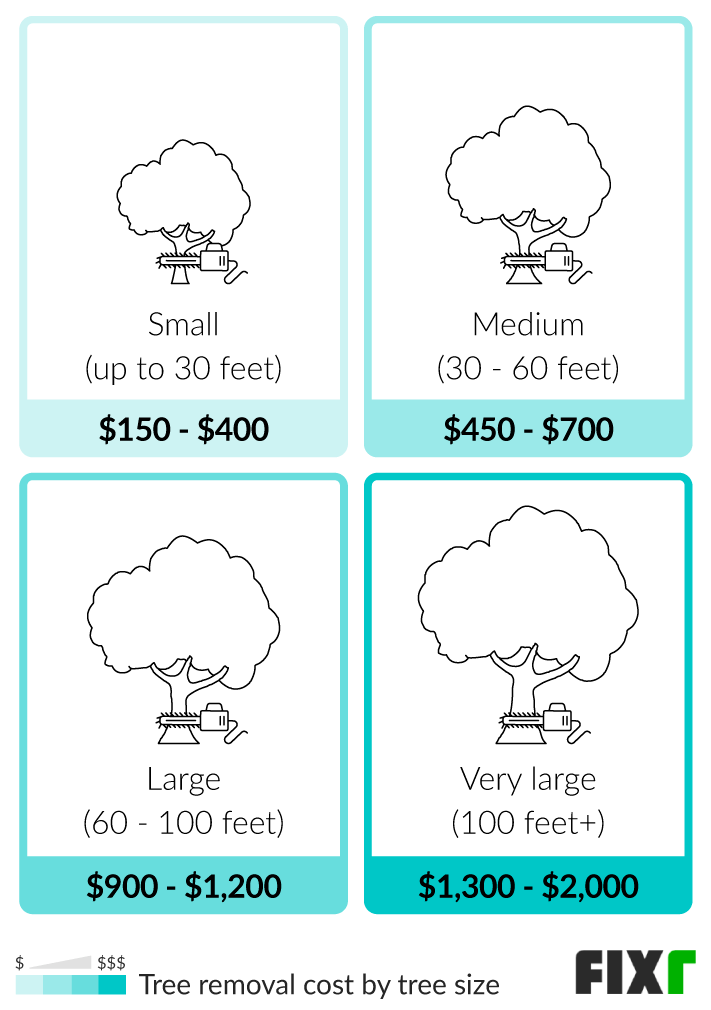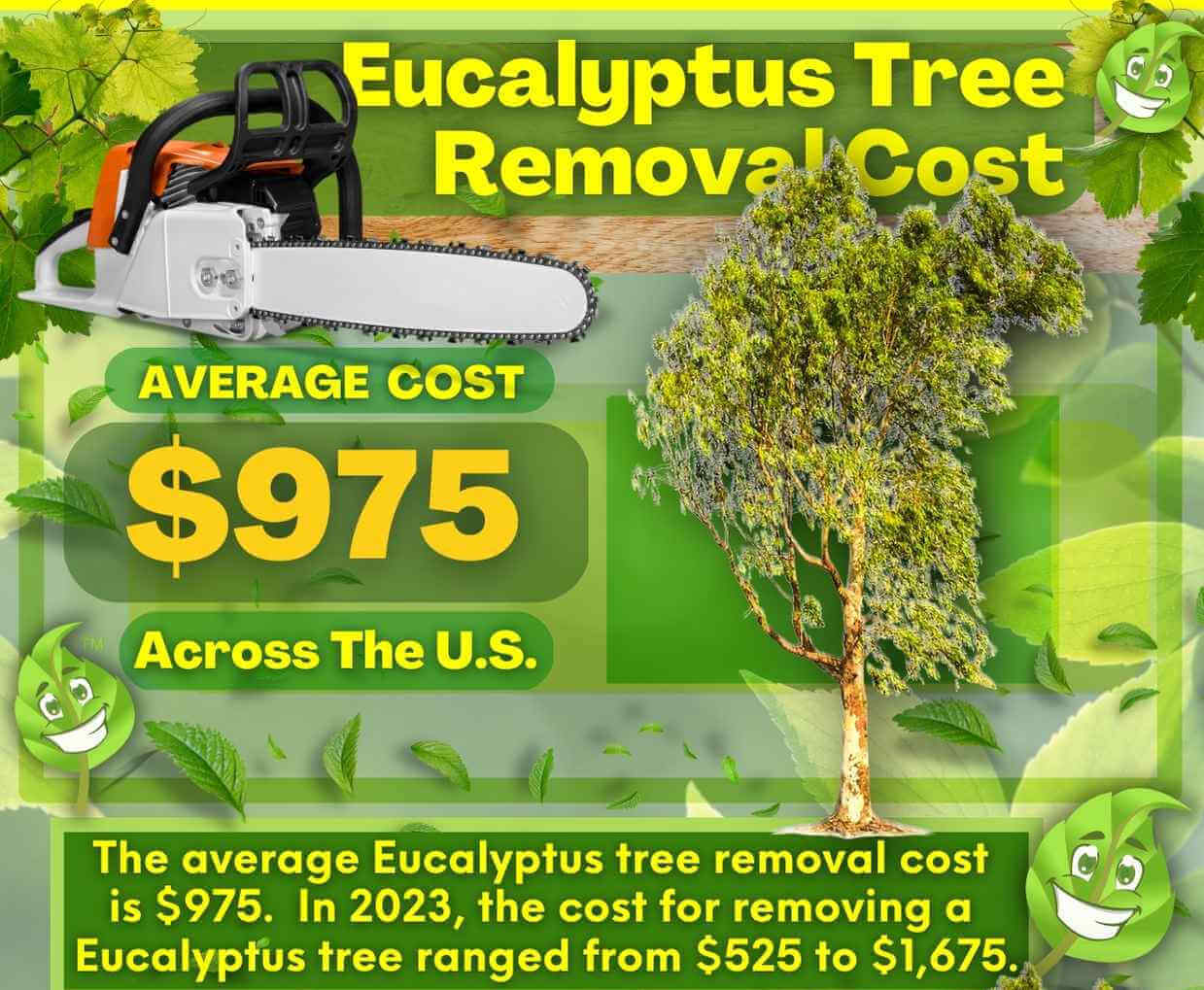Featured
Table of Contents
- – What Will A Tree Service Cost Me In Pearl, MS?
- – Licensed Tree Removal In Pearl, MS: Cost Guide
- – Pearl, MS Tree Clearing: Affordable Solutions
- – Pearl, MS Stump Removal Transportation Costs
- – Reasonable Tree Cutting Prices In Pearl, MS
- – How Much Should You Pay For A Stump Grinding ...
- – Professional Stump Removal At Fair Prices In ...
- – Pearl, MS Arborist Warranty Costs: What's In...
- – Budgeting For A Arborist In Pearl, MS
- – Verified Tree Clearing Testimonials In Pearl...
- – What Locals Pay For Arborist In Pearl, MS
- – Pearl, MS Tree Trimming Inspection Costs
- – Current Tree Clearing Costs In Pearl, MS
- – Pearl, MS Tree Removal: Payment Options
- – How Much To Budget For An Tree Cutting In Pe...

The subsections below offer more comprehensive details about rates, including a typical variety for each. TypeAverage Elimination CostPineConiferPalmMagnoliaArborvitaeAshCedarSweet GumEucalyptusSycamoreCypressOakMaplePoplar You can expect to pay in between to get rid of a pine, depending upon its size. Removing a pine is one of the more cost effective tasks unless it is one that has actually been around for years and is quite big.
What Will A Tree Service Cost Me In Pearl, MS?
Pines also have a tap root that grows deep into the soil, which can prove to be harder to get rid of. The process itself includes a professional cutting the tree, clearing the base, cutting the surface roots, removing the stump, and lastly treating the soil. Without a professional hand, you risk leaving pine seedlings behind, which will fall from the roots of distressed pines.
Licensed Tree Removal In Pearl, MS: Cost Guide
The U.S. national average for conifer removal is roughly to have the conifer reduced, hauled away, and the stump ground or eliminated entirely. Conifers are normally simpler to eliminate, and even though they can grow quite high, they do not cost a fortune to remove. Conifers consist of pine, spruce, fir, and juniper trees.
Pearl, MS Tree Clearing: Affordable Solutions
While conifers are gorgeous, they kill native plants and specific kinds of grass. This is due to the fact that they require a lot of water and nutrients to make it through, so they seep it off surrounding plants. They likewise have an expansive network of roots, which can impact your home's foundation. The typical cost of palm elimination depends on the height as much as the type, varying from.
Pearl, MS Stump Removal Transportation Costs
That is why it is very important to understand which type you are eliminating. While you do not require an herbicide to kill a palm tree, there are some steps your elimination professional will have to require to guarantee the job is done properly. There are two methods they can eliminate them: by slicing them down or digging them up.
Reasonable Tree Cutting Prices In Pearl, MS
This is since little animals like rats and scorpions frequently reside in them. Plus, many types will have spikes, too. From there, they remove the real tree and then the stump. Anticipate to pay between to remove this type of tree, depending on the exact size and information of the task.
How Much Should You Pay For A Stump Grinding In Pearl, MS
There are three types: green, white, and black ash. With its gray-tinged bark, its leaves are green or purple in the spring and golden yellow or purplish-red in the fall.
Professional Stump Removal At Fair Prices In Pearl, MS

Due to the variation in height, the elimination cost difference is large from. A coniferous, evergreen tree, the cedar is a sturdy species.
Pearl, MS Arborist Warranty Costs: What's Included
The development of false cedars varies from 50 feet up to 230 feet high. With star-shaped leaves and sensational fall colors, the sweet gum is considered a medium to large tree.
Budgeting For A Arborist In Pearl, MS
Generally, it costs between to eliminate a eucalyptus. Eucalyptus are not typical all over, however they are quite big compared to others, which is why even the smaller ones are so pricey to get rid of.
Verified Tree Clearing Testimonials In Pearl, MS
There are a handful of ways to do this, including burning, pulling, grinding, or killing them with herbicide. Anticipate to pay in between to remove sycamores, based on the height, trunk size, and quantity of work included. Sycamores are one of the biggest hardwood trees, normally ranging from 60 to 100 feet high and as broad as 15 feet.
What Locals Pay For Arborist In Pearl, MS
The very first 2 steps will expose the withins of the tree and cut off the circulation of nutrients up the trunk. From there, an expert applies herbicide to kill the tree and cuts down the trunk.
Pearl, MS Tree Trimming Inspection Costs
There are various types of Cypress trees, but the most prevalent are the Leyland, Arizona, Bald, and Italian. The Bald Cypress grows in swampy or really wet locations while the others take pleasure in a dry, warm, or hot climate (tree trimming). They can grow as tall as 80 to 100 feet tall
Current Tree Clearing Costs In Pearl, MS

Prone to illness, the Cypress is one of the most prized woods for furnishings. The typical oak grows to around 60 feet, and depending upon the intricacy of the removal, it costs an average of to remove. The specific size of your oak and the effort required to fell it affect what you will in fact spend for removal together with any extra services like stump grinding.
Pearl, MS Tree Removal: Payment Options
Access to the trees and the roots will likewise affect the total cost. Maples are normally among the more costly trees to get rid of because of their size and the work involved in the removal.
How Much To Budget For An Tree Cutting In Pearl, MS
Poplars are giants of the species. Growing as high as 90 to 115 feet, these huge lumbers are mainly discovered in North America and include the aspen, cottonwood, and balsam trees. Boasting an expansive root system, poplars can be expensive to get rid of when completely grown. The process to remove trees involves all the cutting and cutting of the branches and trunk, bringing it down to a stump.
Table of Contents
- – What Will A Tree Service Cost Me In Pearl, MS?
- – Licensed Tree Removal In Pearl, MS: Cost Guide
- – Pearl, MS Tree Clearing: Affordable Solutions
- – Pearl, MS Stump Removal Transportation Costs
- – Reasonable Tree Cutting Prices In Pearl, MS
- – How Much Should You Pay For A Stump Grinding ...
- – Professional Stump Removal At Fair Prices In ...
- – Pearl, MS Arborist Warranty Costs: What's In...
- – Budgeting For A Arborist In Pearl, MS
- – Verified Tree Clearing Testimonials In Pearl...
- – What Locals Pay For Arborist In Pearl, MS
- – Pearl, MS Tree Trimming Inspection Costs
- – Current Tree Clearing Costs In Pearl, MS
- – Pearl, MS Tree Removal: Payment Options
- – How Much To Budget For An Tree Cutting In Pe...
Latest Posts
Best Time To Hire A Tree Removal In Fircrest, WA
Decoding Stump Removal Estimates In Ashland, OR
Free Stump Removal Quotes In Lancaster, OH
More
Latest Posts
Best Time To Hire A Tree Removal In Fircrest, WA
Decoding Stump Removal Estimates In Ashland, OR
Free Stump Removal Quotes In Lancaster, OH